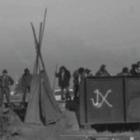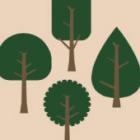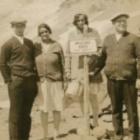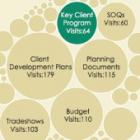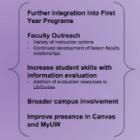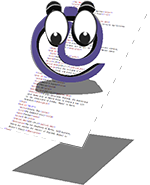SeeYourChart Tutorial Project
Many patients may find it difficult to navigate the overwhelming amount of information they face following a disease diagnosis. SeeYourChart provides users one-stop, electronic access to their health information, but a lack of experience online can prevent users from benefiting from the site’s resources. The SeeYourChart Tutorial Project offers video instruction on site navigation to help address confusion, alleviate frustration, and improve users’ abilities to access important health information. Each tutorial is designed with consideration for the cognitive, physical, and learning style needs of SeeYourChart users. The resources are there, and every user should have the opportunity to learn about them.


